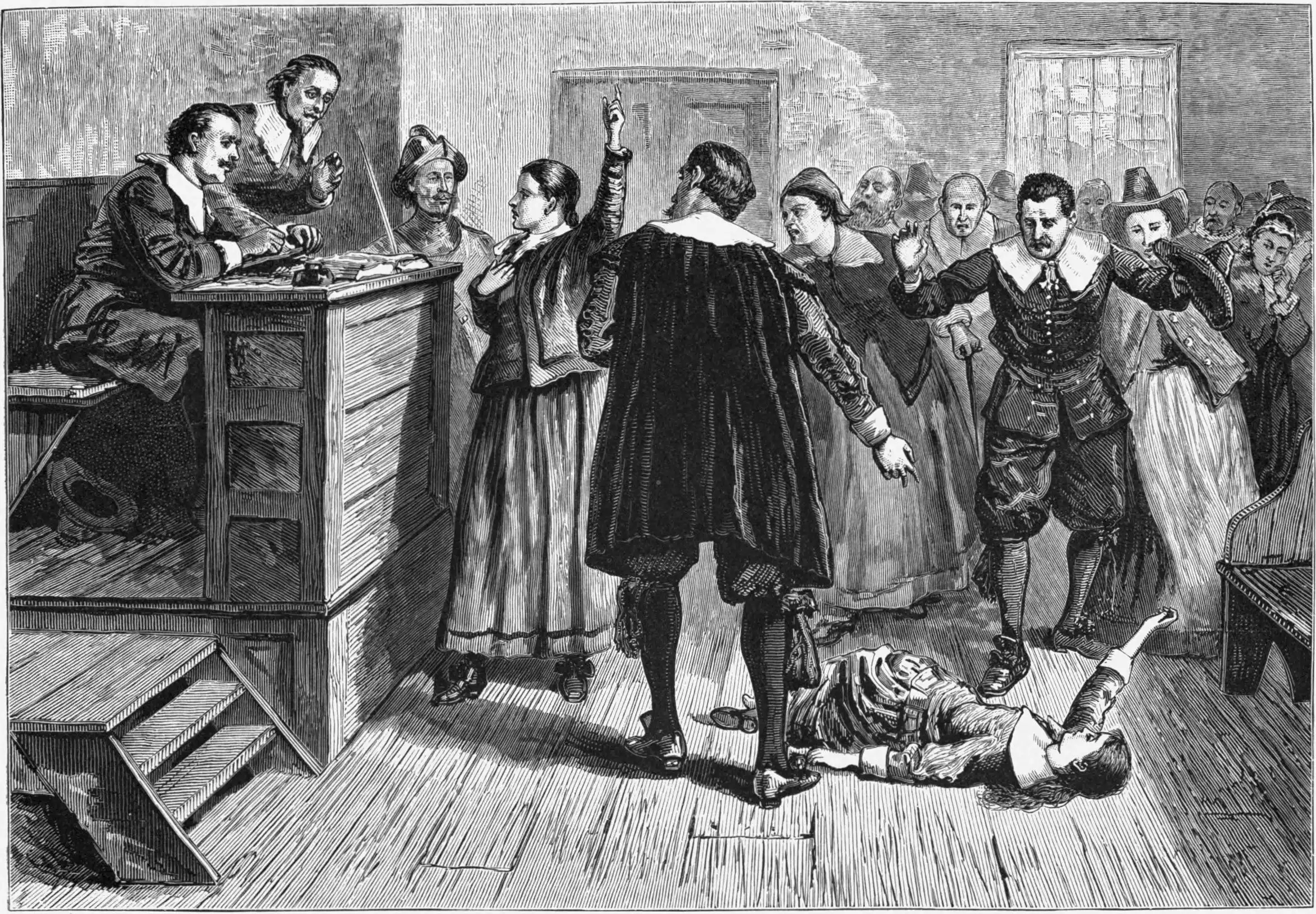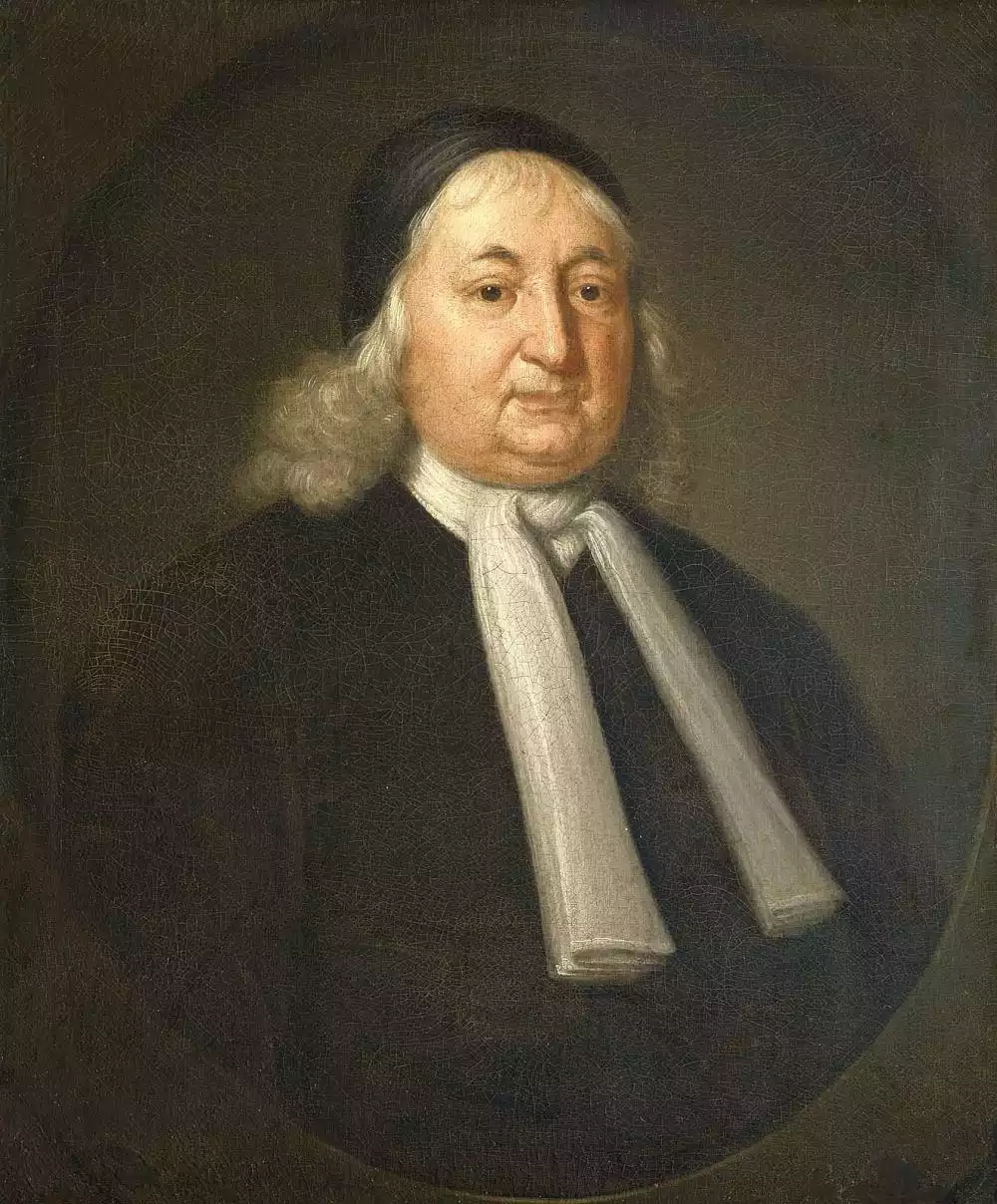
In 1692, a series of events that would forever mark the annals of American history unfolded in colonial Massachusetts. The Salem Witch Trials, as they are now known, encompassed a period of mass hysteria and fear, where over 150 individuals were accused of witchcraft, leading to 20 executions. This dark chapter in the history of the United States remains a poignant reminder of the dangers of superstition and the importance of due process.
The Outbreak of Accusations
The Salem Witch Trials began in early 1692, in the small Puritan community of Salem Village, Massachusetts. The initial accusations were directed at a group of women, considered social outcasts. The frenzy commenced when two young girls, Betty Parris and Abigail Williams, exhibited strange and unexplainable behavior, leading to claims of bewitchment. Quickly, the fear spread, engulfing the community in a wave of paranoia.
As accusations multiplied, the social fabric of Salem became strained. The trials were characterized by a lack of concrete evidence, relying heavily on spectral evidence – the supposed ability of the accusers to see the specter or the spirit of the witch harming them. This form of evidence, now recognized as deeply flawed, was considered legitimate in the context of Puritan beliefs.
The trials were not just a manifestation of fear of the supernatural but also a reflection of the existing societal tensions. The accused often belonged to families involved in land disputes or were seen as outsiders in the community. This aspect of the trials highlights how societal pressures and personal vendettas were intertwined with supernatural fears.
The legal proceedings of the Salem Witch Trials were marked by a departure from standard judicial practices. The normal rules of evidence were often ignored, and the accused were presumed guilty until proven innocent, a reversal of the fundamental principle of justice. This led to tragic consequences, where many innocent lives were lost based on unsubstantiated claims.
Throughout the trials, the use of spectral evidence was heavily debated. Some, like Judge Samuel Sewall, later apologized for their role in the proceedings, recognizing the injustice that had been done. However, for many, the apology came too late. The Salem Witch Trials left a lasting legacy, shaping the future discourse on justice and due process in America.
This episode remains a stark illustration of the potential for societal fear and paranoia to lead to gross miscarriages of justice, highlighting the importance of rationality and fairness in judicial proceedings.

The Aftermath and Legacy
The aftermath of the Salem Witch Trials was marked by a collective sense of guilt and introspection within the Puritan community. The events of 1692 led to a significant reevaluation of the judicial process, particularly regarding accusations of witchcraft. The trials were eventually deemed unlawful, and the colony passed legislation restoring the rights and good names of those accused and providing financial restitution to their heirs.
The Salem Witch Trials also had a profound impact on the development of the American legal system. The events highlighted the dangers of moral panic and the importance of evidence-based judicial processes. The trials became a cautionary tale about the potential consequences of religious extremism, unchecked authority, and the erosion of individual rights.
As years passed, the trials were increasingly viewed as a tragic episode of American history, driven by fear, superstition, and a breakdown of due process. The story of the Salem Witch Trials has been retold across generations, becoming a symbol of injustice and a warning against the perils of intolerance and hysteria.
Today, the Salem Witch Trials are remembered through various memorials and museums in Salem, Massachusetts, serving as a poignant reminder of the need for vigilance against injustice. The trials continue to be a subject of study for historians and legal scholars, offering insights into the complexities of early American society and the enduring impact of historical events on collective memory.
The legacy of the Salem Witch Trials extends beyond the historical narrative; it has permeated popular culture, influencing literature, theater, and film. The trials have become an allegory for various social and political issues, reflecting the timeless relevance of the themes of justice, fear, and the human tendency towards scapegoating.
The Salem Witch Trials of 1692 serve as a significant chapter in American history, offering a profound lesson on the dangers of hysteria, the importance of fair legal processes, and the need for a judicious balance between societal fears and individual rights.
References
- Goss, K. D. (2008). The Salem Witch Trials: A Reference Guide. Greenwood Press.
- Hill, F. (2000). A Delusion of Satan: The Full Story of the Salem Witch Trials. Da Capo Press.
- Norton, M. B. (2003). In the Devil’s Snare: The Salem Witchcraft Crisis of 1692. Alfred A. Knopf.
- Roach, M. K. (2004). The Salem Witch Trials: A Day-by-Day Chronicle of a Community Under Siege. Taylor Trade Publishing.
- Rosenthal, B. (1993). Salem Story: Reading the Witch Trials of 1692. Cambridge University Press.
